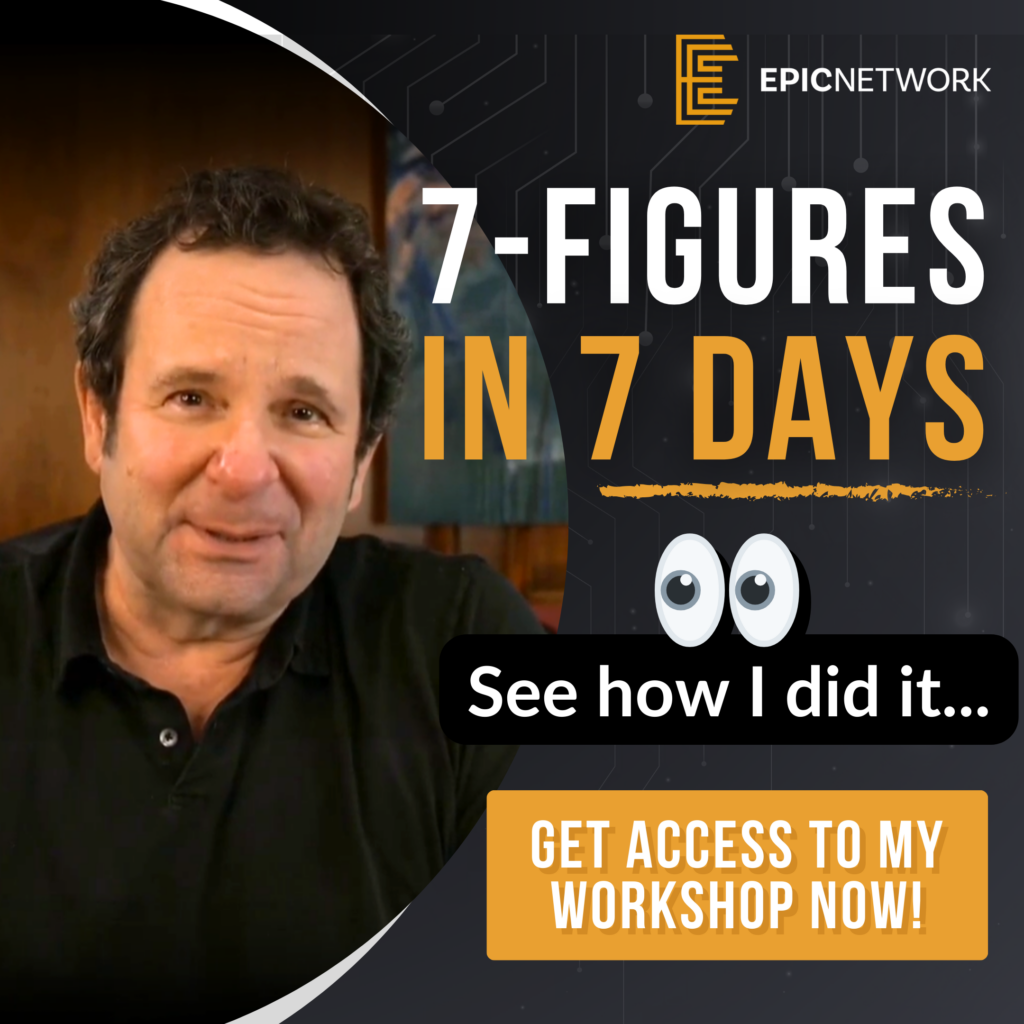
Using earnouts in acquisition financing can be an effective way to structure deals, minimize financial risk, When structuring acquisition financing, earnouts offer an effective way to align payment with the acquired company’s performance. Using earnouts in acquisition financing allows buyers to reduce initial cash outlays while incentivizing sellers to ensure the business continues to grow. This article outlines how to strategically use earnouts in acquisition financing, covering key benefits, structuring techniques, and complementary financing options.
Why Earnouts are a Strategic Tool in Acquisition Financing
Using earnouts allows buyers to link payments to specific performance goals, reducing risk while providing financial flexibility. Unlike traditional financing, earnouts are paid only if the business achieves set revenue or profit targets, which can prevent overpayment.
- Reduces Initial Cash Requirement: Earnouts decrease the upfront cash needed to close a deal, helping buyers conserve capital.
- Aligns Interests with Performance: Tying payment to future performance incentivizes sellers to keep the business thriving post-sale.
- Customizable Payment Terms: Earnouts can be structured over several years, allowing for manageable, phased payments based on actual business outcomes.
Explore more about earnouts in business acquisitions
Structuring Earnouts with SBA Loans and Seller Financing
Combining earnouts with SBA loans and seller financing is a common approach in acquisition financing. Here’s how each component can enhance flexibility and affordability:
- Earnouts as the Primary Payment Structure: Begin by negotiating an earnout to cover a portion of the acquisition price. This approach minimizes risk and creates a safety net if performance does not meet expectations.
- Add Seller Financing for Flexibility: Consider negotiating seller financing, which allows for repayment over time, providing additional flexibility for both parties.
- Use SBA Loans to Cover Upfront Costs: SBA loans can help fund the initial down payment and other upfront expenses, reducing the need for personal financing sources.
Learn about SBA loans for small business acquisitions
Setting Up a Manageable Payment Timeline for Earnouts
The success of earnouts in acquisition financing depends on setting realistic and manageable payment terms that align with the business’s cash flow. To keep payments feasible:
- Align Payments with Profitability: Tie earnout payments to profits or revenue to match the business’s income, such as setting a percentage of yearly profits toward the earnout.
- Project Future Earnings: Create a financial model that projects the business’s earnings and accounts for market fluctuations, ensuring payments remain within budget.
- Ensure Debt Service Flexibility: Prioritize debt obligations, such as SBA loan payments, to prevent cash flow issues and maintain financial stability.
Explore methods to project earnings in acquisitions
Additional Tips for Structuring Earnouts in Acquisition Financing
- Use Realistic Performance Benchmarks: Set achievable targets to ensure both parties are motivated and the earnout payments are realistic.
- Incorporate Contingency Clauses: Protect your investment with clauses that adjust or void payments if performance declines.
- Negotiate with a Single Proposal: When presenting options to the seller, focus on one primary offer that reflects your ideal terms, keeping fallback options on hand.
This approach keeps negotiation straightforward and focused on your preferred terms, while keeping earnout payments flexible.
Key Takeaways for Using Earnouts in Acquisition Financing
Earnouts in acquisition financing offer a practical way to reduce upfront costs and ensure payments align with business performance. By incorporating SBA loans, seller financing, and structured earnouts, buyers can create a financing plan that limits risk and maximizes flexibility. For those new to acquisitions, understanding the structure of earnouts provides a strategic advantage in negotiating terms that benefit both buyer and seller.
Ready to explore acquisition strategies that fit your needs?
Book a Free Strategy Session with the EPIC Network to discover customized solutions to support your success.










